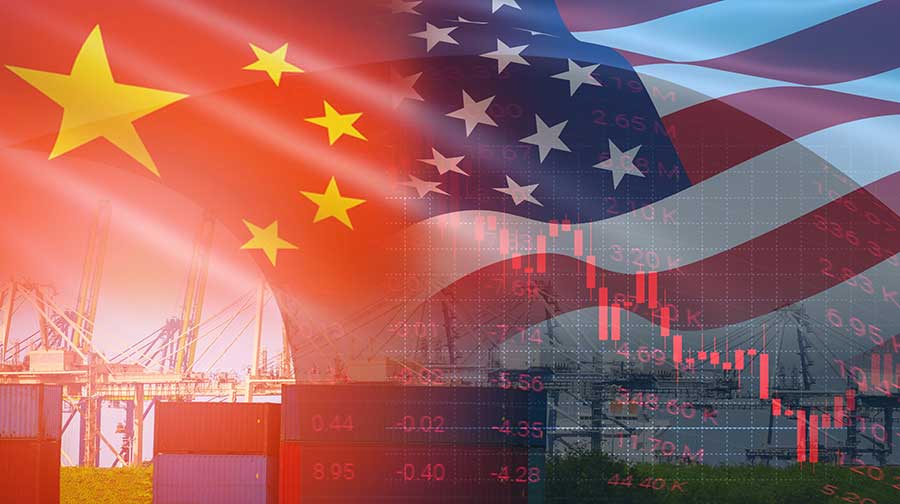Published June 18, 2020
As a result of my article, “Earthquakes, Tsunamis and Supply Chains: A 2020 Update,” I have been asked to provide more detail on the digital commerce, China trade war and COVID-19 earthquakes and resulting tsunamis. This blog will cover the China Trade War earthquake and tsunamis. The last post in this series will cover the COVID-19 earthquakes and tsunamis.
Just like my last blog post on the digital commerce earthquake and tsunamis, it is very difficult to answer the question, “When did the China trade war earthquake happen?” The China trade war earthquake was preceded by a series of foreshocks and seismic tremors that occurred over several decades, including the following:
- 1949: The establishment of the People’s Republic of China (PRC)
- 1971: Ping pong diplomacy and Henry Kissinger (secretly) visits PRC
- 1972: President Nixon visits PRC
- 1979: President Nixon visits PRC
- 1982: President Reagan visits PRC and “normalizes” relations
- 1987: PRC hosts me in China to give seven days of logistics lectures to 192 Chinese business executives
- 1989: Tiananmen Square massacre
- 1993: President Clinton pursues “constructive engagement” with PRC
- 2000: President Clinton signs U.S.-China Relations Act
The above foreshocks beget the China trade war earthquake of 2001 when China joined the World Trade Organization. This earthquake resulted in the tsunamis of global trade that continued to advance China’s economic powers. Notable highlights included the following tsunamis:
- U.S.-China trade growing from $5 billion in 1980 to $211 billion in 2004
- China surpassing Mexico as the largest trading partner of the U.S. in 2006
- China becoming the world’s largest creditor at $600 billion in 2008
- China passing Japan to become the second largest economy in 2010
- U.S. trade balance with China growing from $273 billion in 2010 to $295 billion in 2011
It appeared that the tsunamis would stop when President Trump and President Jinping reached their 10-part trade agreement in 2017, but then the trade war resumed in 2018 and a series of tariff tsunamis came ashore, wreaking further havoc on global economic and political stability. Therefore, much like the digital commerce earthquake and tsunamis, the China trade war wave trains continue to crash ashore, and we need to stay tuned as more waves continue to wash ashore



